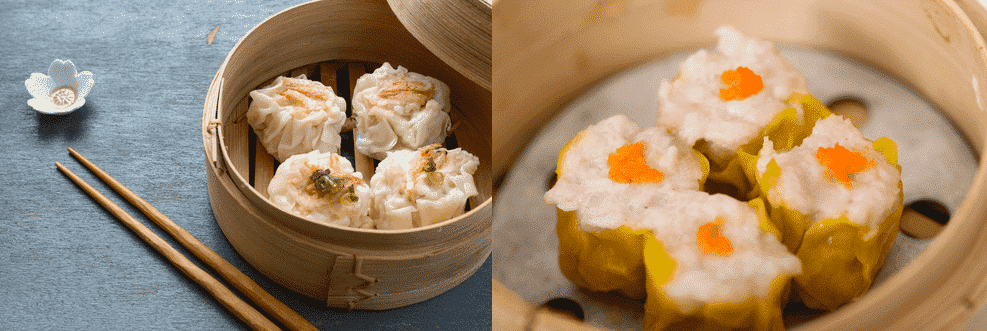
Hotpots have been around for quite a long time and people who are fond of Chinese often love hotpots. However, there are other similar eating routines, such as dim sum vs. yum cha which have been capturing the attention of people who like Chinese food. So, if you want to know about these eating routines, we are sharing all the details with you!
Dim Sum vs Yum Cha
Yum Cha
Yum cha is the Chinese brunch routine that is served with dim sum and special Chinese teas. Yum cha is extremely popular in Guangxi, Hong Kong, Guangdong, and Macau (yes, the Cantonese regions). However, this brunch routine is also popular in other areas around the globe where people speak the Cantonese language. With this brunch, the deep-fried dim sum, steamed dim sum, and pan-fried dim sum are served (they are served in the bamboo steamers).
In addition, yum cha is washed down through hot tea and this brunch is extremely common for family celebrations, events, and gatherings. For the most part, it is popular in the US, Australia, and Vietnam. According to the tradition yum cha is consumed by elderly people after their morning exercise while some people enjoy it on holiday gatherings and weekends. There are various yum cha restaurants and they have become the social hubs.
There are modern as well as traditional forms of yum cha available, and the authentic Chinese and Vietnamese restaurants are serving both variants. The modern variety includes the wagyu beef bun as well as abalone siu mai. As for the traditional variety, it includes dim sum and Chinese tea. In addition, some restaurants in Hong Kong also serve yum cha with bun and dumplings, so the solid contents of dishes depend on the restaurant.
Yum cha that’s served with dumplings might not be traditional but it’s extremely delicious. For instance, prawn dumplings, pork dumplings, and rice noodle rolls are served in yum cha. Moreover, some restaurants serve vegetable dumplings (they are steamed as well as fried versions). Lastly, it can be served with fish as well. If you want to enjoy the traditional yum cha experience, you should visit the Chinese or Cantonese restaurants because they use authentic flavors.
Dim Sum
While yum cha is the brunch, dim sum is known as a wide range of Chinese dishes that are served in lunch and breakfast in Chinese restaurants. The majority of dim sum recipes originated in Southern China and are also associated with the Cantonese community. The idea started when Canton started receiving an influx of commercial travelers and multiple teahouses were opened to make small meals, known as yum cha. So, dim sum is basically the range of dishes served in yum cha.
Dim sum is used for smaller food items that are served with tea and the restaurant owners offered dim sums in association with tea. All in all, the Cantonese dim sum gained popularity during the second half of the 9th century. However, the traditional dim sum would have local food items but changes were made when chefs started modernizing. As a result, a wide variety of dim sum came into being and now there are thousands of dishes available.
That being said, the Cantonese dim sums are available in various cooking styles, flavors, textures, ingredients, and seasonings. They can be categorized into travel-friendly, banquet recipes, weekly special recipes, and seasonal options. Some people also consume dim sum in lunch and breakfast. However, the dim sum must be served with tea because it’s the authentic form. All in all, dim sum is served in the steam-heated carts but takeout is also available.
There are various fusion dim sum recipes available to meet the needs of different communities. For this reason, they are served with buns and dumplings. For serving dim sum, choosing tea is important because it’s a central part of this meal. In addition, tea must be served before a dim sum cup with dumplings is served to the customers. As far as the assortment is concerned, it includes vegetable recipes, meat, and seafood. In addition, the dishes are served in baked, steamed, and fried forms.
The bottom line is that both these options are available in Cantonese or Chinese restaurants and there are hardly any desserts. However, some modern variations do serve sweet egg tarts!